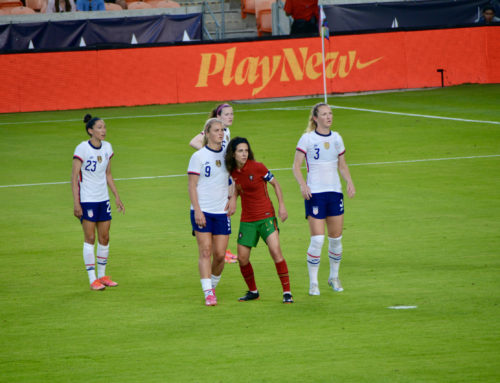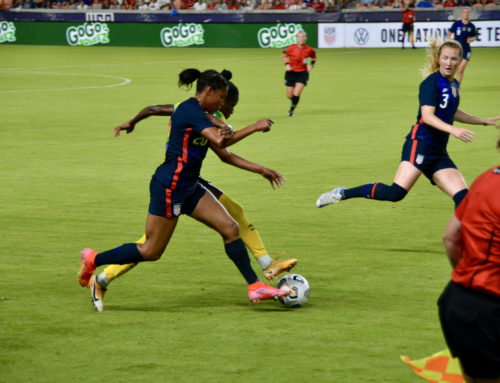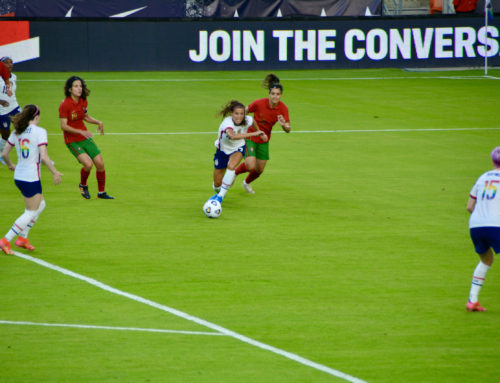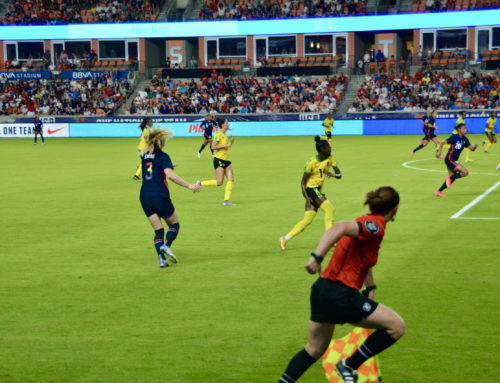
There are several types of communication that are important in soccer, including verbal communication, nonverbal communication, and tactical communication.
Verbal communication involves the use of words and phrases to convey information to teammates. This can include calling for the ball, giving directions or instructions, or communicating tactical information. Verbal communication is particularly important in soccer because it allows players to communicate while they are on the move and may not be able to see each other.
Nonverbal communication involves the use of body language and gestures to convey information. This can include pointing to indicate where a teammate should pass the ball, or making a specific gesture to signal a particular play or strategy. Nonverbal communication is often used in soccer because it allows players to communicate without giving away their intentions to the opposition.
Tactical communication involves the use of specific tactics and strategies to communicate with teammates. This can include setting up a specific formation or using specific plays to signal specific intentions. Tactical communication is important in soccer because it allows players to coordinate their movements and execute specific strategies as a team.
Overall, effective communication is essential for any soccer team to succeed. By using a combination of verbal, nonverbal, and tactical communication, players can coordinate their movements, make informed decisions, and execute strategies as a cohesive unit.





